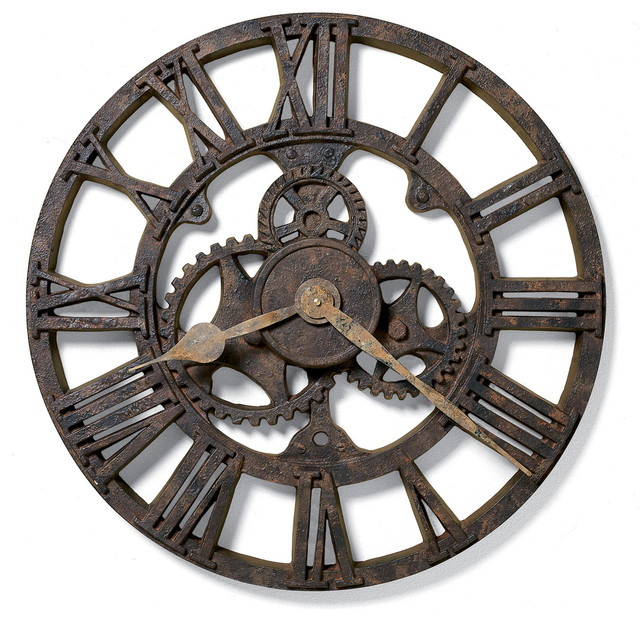For me, in a narrative, you need to be careful about non-linear time hopping. I have done this once in a novel. In Forces, the novel is divided into three "books." Two of them, the first and the third, are in time order and close together. The middle book takes place 150 years prior. And, because of relativistic time dilation (travel close to the speed of light, time slows
down for you), there are many of the same characters in all three sections.
down for you), there are many of the same characters in all three sections.
One beta reader said she found this confusing. But that was only one so I kept that structure. Haven't had any other complaints.
In an early draft of Hammer of Thor, alternate chapters took place in 1932 and 1950. But I decided to change the structure and make it linear. The first section of the book is 1932, the second section is 1943, and the last section is 1950.
In my novel Agent of Artifice, the first chapter is set in 1963, then it goes back to 1959. There's one chapter in the middle in 1963 (just to update the reader on what's happening then), and the rest of the novel is linear, catching up to the events in 1963. Again, I've heard no complaints about this structure.
So if you're thinking of time hopping non-lineally, I suggest you really think about it and if it'll confuse the reader. As Nathaniel Hawthorn said, "Easy reading is damn hard writing." Make sure your reader can easily follow what you're doing.



No comments:
Post a Comment